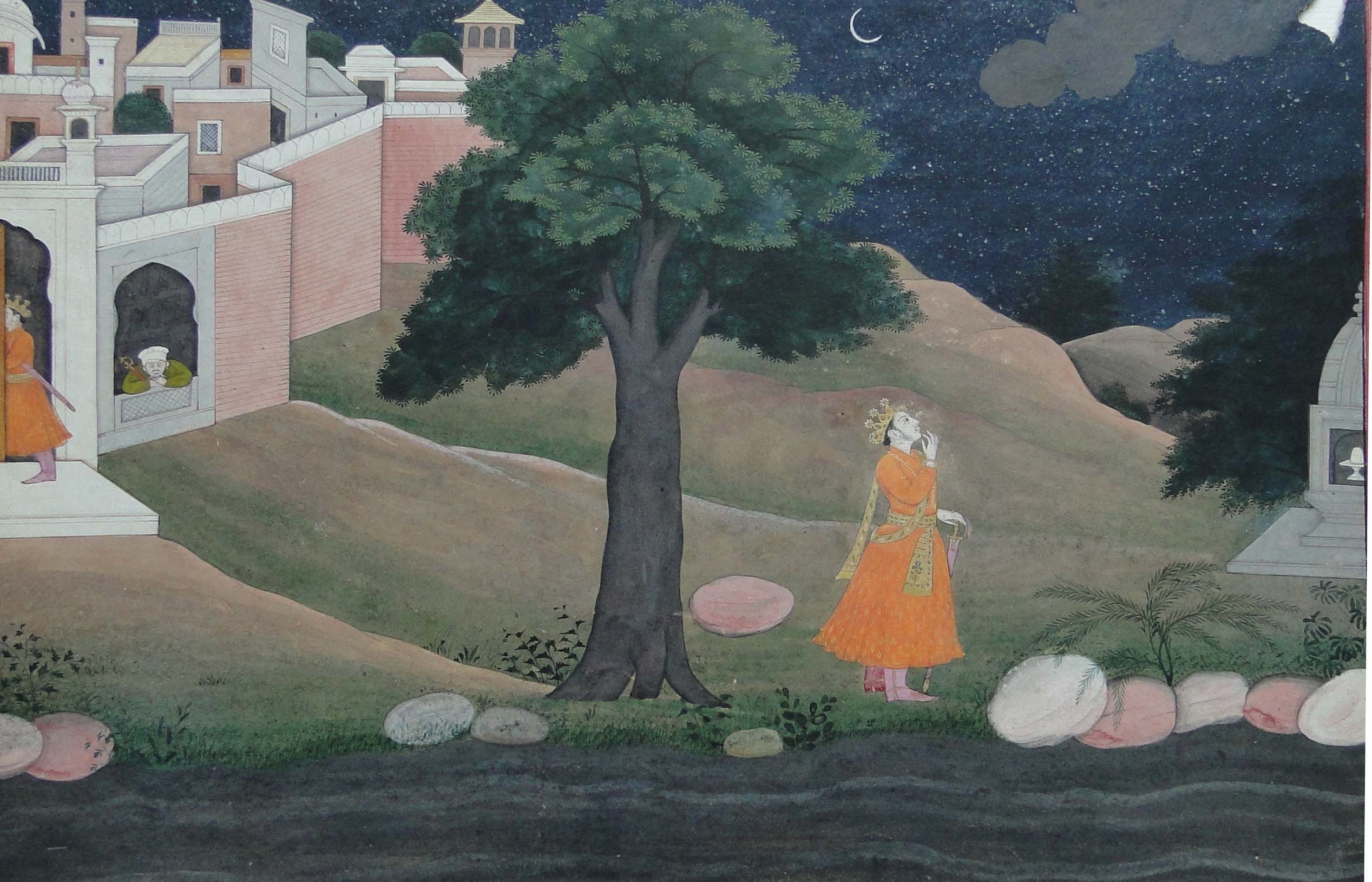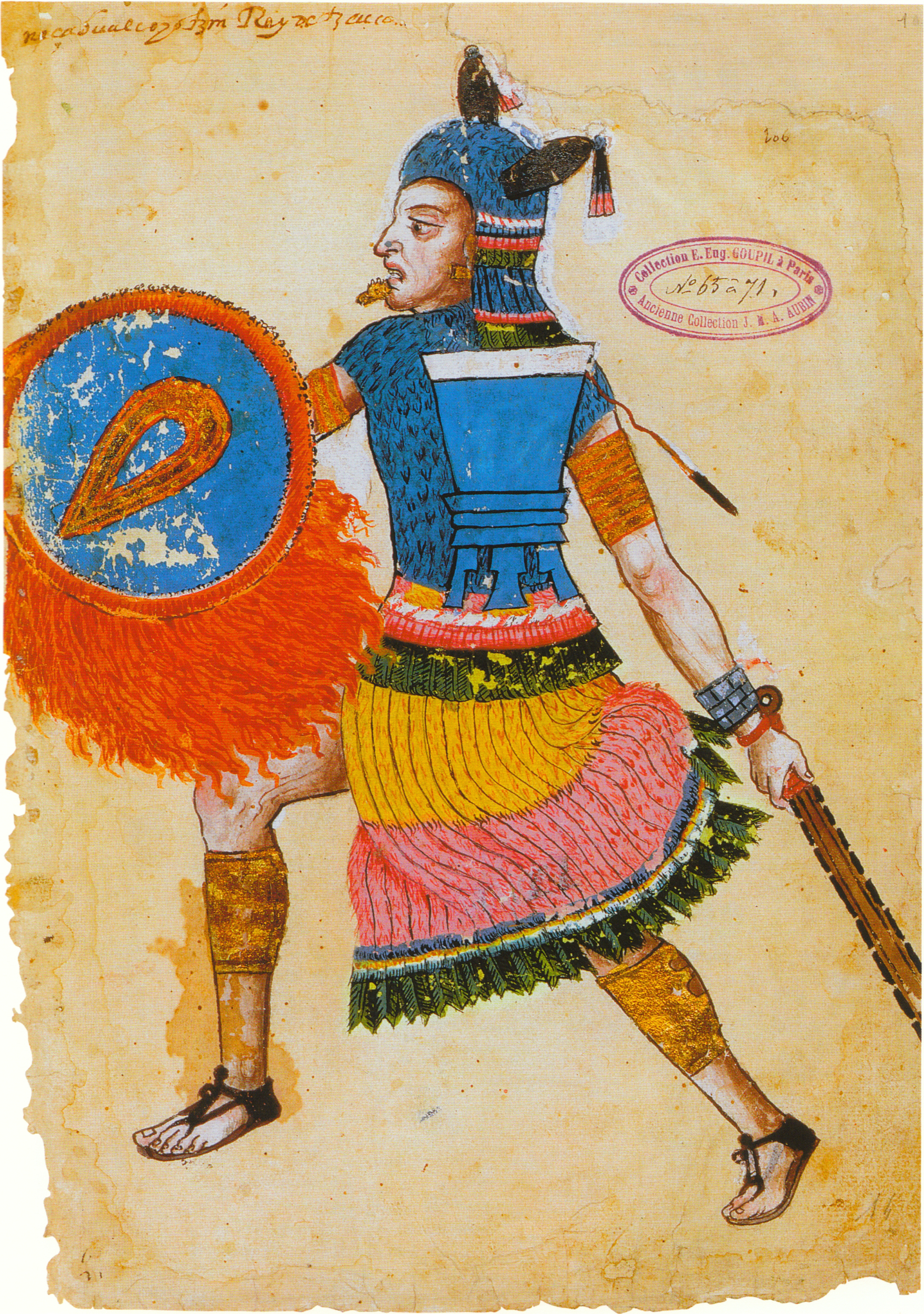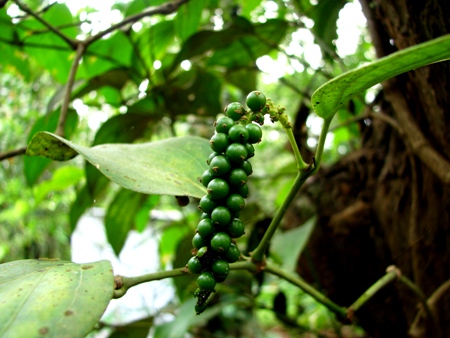|
Kokila Sandeśa
The Kokila Sandeśa (Sanskrit: कोकिलसन्देश) or "The Message of The Koel" is a Sanskrit love poem written by Uddanda Śāstrī in the 15th century AD. A short lyric poem of 162 verses, it describes how a nameless hero, abducted from his wife’s side by mysterious women, sends a message to her via a koel. The poem belongs to the Sandesa Kavya, sandeśa kāvya, (‘messenger poem’) genre and is modelled upon the Meghadūtaof Kālidāsa. It is one of the most famous of the many sandeśa kāvya poems from Kerala. The Poet Uddaṇḍa Śāstrī was a 15th century in poetry, 15th-century Tamils, Tamil from a village whose learning and scholarship is so great that even the parrots are reciting the Vedas as the koil flies past. He made his way west, seeking patronage, and eventually ended up in Kerala where he is said to have married a lady from Chendamangalam (which leads some to assume the poem's heroine, of the Marakkara household in Chendamangalam, is in fact ... [...More Info...] [...Related Items...] OR: [Wikipedia] [Google] [Baidu] |
Sanskrit
Sanskrit (; stem form ; nominal singular , ,) is a classical language belonging to the Indo-Aryan languages, Indo-Aryan branch of the Indo-European languages. It arose in northwest South Asia after its predecessor languages had Trans-cultural diffusion, diffused there from the northwest in the late Bronze Age#South Asia, Bronze Age. Sanskrit is the sacred language of Hinduism, the language of classical Hindu philosophy, and of historical texts of Buddhism and Jainism. It was a lingua franca, link language in ancient and medieval South Asia, and upon transmission of Hindu and Buddhist culture to Southeast Asia, East Asia and Central Asia in the early medieval era, it became a language of religion and high culture, and of the political elites in some of these regions. As a result, Sanskrit had a lasting effect on the languages of South Asia, Southeast Asia and East Asia, especially in their formal and learned vocabularies. Sanskrit generally connotes several Indo-Aryan languages# ... [...More Info...] [...Related Items...] OR: [Wikipedia] [Google] [Baidu] |
Sandesa Kavya
The sandesha kavya () or a duta kavya is a literary form and genre of Sanskrit poetry. Described as a messenger poem, the narrative of a sandesha kavya commonly consists of an exiled lover sending a message to a separated beloved through a messenger, who could be a natural element such as a bird, a cloud, the wind, or a human being. The genre combines the themes of love and separation with descriptions of the landscapes of the natural world. Kalidasa's '' Meghaduta'' is regarded to be the most popular example of this literary form. Etymology In Sanskrit, ''sandeśa'' (संदेश) means "message", and ''kāvya'' (काव्य) means "poem" or "poetry". Literature * Ghatakarparakavya'':'' The earliest example of a sandesha kavya is the ''Ghatakarparakavya'', a poem by the poet Ghatakarpara, on the message sent to a lover by a love-lorn woman, appealing to a morning cloud to act as her messenger. The poem is of twenty-four stanzas in five different metres. * Meghaduta: The ... [...More Info...] [...Related Items...] OR: [Wikipedia] [Google] [Baidu] |
Meghadūta
''Meghadūta'' (, literally ''Cloud Messenger'') is a lyric poem written by Kālidāsa (c. 4th–5th century CE), considered to be one of the greatest Sanskrit poets. It describes how a '' yakṣa'' (or nature spirit), who had been banished by his master to a remote region for a year, asked a cloud to take a message of love to his wife. The poem became well-known in Sanskrit literature and inspired other poets to write similar poems (known as "messenger-poems", or Sandesha Kavya) on similar themes. Korada Ramachandra Sastri wrote ''Ghanavrttam,'' a sequel to ''Meghaduta''. About the poem A poem of 120 stanzas, it is one of Kālidāsa's most famous works. The work is divided into two parts, Purva-megha and Uttara-megha. It recounts how a yakṣa, a subject of King Kubera (the god of wealth), after being exiled for a year to Central India for neglecting his duties, convinces a passing cloud to take a message to his wife at Alaka on Mount Kailāsa in the Himālaya mountains ... [...More Info...] [...Related Items...] OR: [Wikipedia] [Google] [Baidu] |
Kālidāsa
Kālidāsa (, "Servant of Kali (god), Kali"; 4th–5th century CE) was a Classical Sanskrit author who is often considered ancient India's greatest poet and playwright. His plays and poetry are primarily based on Hindu Puranas and philosophy. His surviving works consist of three plays, two epic poems and two shorter poems. Much about his life is unknown except what can be inferred from his poetry and plays. His works cannot be dated with precision, but they were most likely authored before the 5th century CE during the Gupta Empire, Gupta era. Kalidas is mentioned as one of the seven Brahma avatars in Dasam Granth, written by Guru Gobind Singh. Early life Scholars have speculated that Kālidāsa may have lived near the Himalayas, in the vicinity of Ujjain, and in Kalinga (historical region), Kalinga. This hypothesis is based on Kālidāsa's detailed description of the Himalayas in his ''Kumārasambhava, Kumārasambhavam'', the display of his love for Ujjain in ''Meghadūta'' ... [...More Info...] [...Related Items...] OR: [Wikipedia] [Google] [Baidu] |
15th Century In Poetry
Events * 1445 - Printing press developed in Europe. Works * Moses da Rieti, ''Miqdash me'at'', Jewish literature#Poetry, Hebrew poet writing in Italy * Per Raff Lille, ''Mariaviser'' ("Songs to Mary"), Danish poetry, DenmarkPreminger, Alex and T. V. F. Brogan, et al., ''The New Princeton Encyclopedia of Poetry and Poetics'', 1993. New York: MJF Books/Fine Communications * ("The Great Rhymed Chronicle"), Swedish poetry, Sweden * 1402–1403 – Christine de Pisan, ''Le Livre du chemin de long estude'', describing a trial of the faults of this world in the "Court of Reason"Olsen, Kirsten,''Chronology of Women's History'' p 55, Greenwood Publishing Group, 1994, , , retrieved via Google Books on May 26, 2009 * 1403 – Christine de Pisan, ''La Mutacion de Fortune'' ("The Changes of Fortune") * c.1434 – John Lydgate, ''The Life of St. Edmund, King and Martyr'' * c.1470–1485 – Pietru Caxaro, ''Il Cantilena'', oldest known Maltese literature, Maltese text * ... [...More Info...] [...Related Items...] OR: [Wikipedia] [Google] [Baidu] |
Tamils
The Tamils ( ), also known by their endonym Tamilar, are a Dravidian peoples, Dravidian ethnic group who natively speak the Tamil language and trace their ancestry mainly to the southern part of the Indian subcontinent. The Tamil language is one of the longest-surviving classical languages, with over two thousand years of Tamil literature, written history, dating back to the Sangam period (between 300 BCE and 300 CE). Tamils constitute about 5.7% of the Indian population and form the majority in the South Indian state of Tamil Nadu and the union territory of Puducherry (union territory), Puducherry. They also form significant proportions of the populations in Sri Lankan Tamils, Sri Lanka (15.3%), Tamil Malaysians, Malaysia (7%) and Indian Singaporeans, Singapore (5%). Tamils have migrated world-wide since the 19th century CE and a significant population exists in South Africa, Mauritius, Fiji, as well as other regions such as the Southeast Asia, Middle East, Caribbean and parts ... [...More Info...] [...Related Items...] OR: [Wikipedia] [Google] [Baidu] |
Chendamangalam
Chendamangalam (or Chennamangalam) is a small town and a panchayat in Paravur Taluk, Ernakulam district in the state of Kerala, India. Location It is about 23 km from Kochi, Ernakulam. It has three rivers, seven inlets, hillocks and large expanses of green plain. The historic city of Kodungallur is about 9 km from the village. Attractions The Paliam Palace, residence of the Paliath Achans, hereditary Prime Ministers and Raja under the former Maharajas of Kochi, India, Kochi, is one of the architectural splendours of Kerala. The Palace is over 450 years old and houses a collection of historic documents and relics. History The hillocks at Kottayil Kovilakam are unique as the site of a Hinduism, Hindu temple, a Saint Thomas Christians, Syrian Christian church (building), church, a mosque and a restored Jewish synagogue, all within 1 km of each other. The synagogue was built in 1614 AD and is in a peaceful wooded area. In the courtyard behind the synagogue, it is pos ... [...More Info...] [...Related Items...] OR: [Wikipedia] [Google] [Baidu] |
Zamorin
The Samoothiri (Anglicised as Zamorin; Malayalam: , , Arabic: ''Sāmuri'', Portuguese: ''Samorim'', Dutch: ''Samorijn'', Chinese: ''Shamitihsi''Ma Huan's Ying-yai Sheng-lan: 'The Overall Survey of the Ocean's Shores' 433 Translated and Edited by J. V. G. Mills. Cambridge University Press for the Hakluyt Society (1970).) was the title of the erstwhile ruler and monarch of the Calicut kingdom in the South Malabar region of India. Originating from the former feudal kingdom of Nediyiruppu Swaroopam, the Samoothiris and their vassal kings from Nilambur Kovilakam established Calicut as one of the most important trading ports on the southwest coast of India. At the peak of their reign, they ruled over a region extending from Kozhikode Kollam to the forested borders of Panthalayini Kollam (Koyilandy).Varier, M. R. Raghava. "Documents of Investiture Ceremonies" in K. K. N. Kurup, Edit., "India's Naval Traditions". Northern Book Centre, New Delhi, 1997K. V. Krishna Iyer, ''Zamorin ... [...More Info...] [...Related Items...] OR: [Wikipedia] [Google] [Baidu] |
Indian Literature
Indian literature refers to the literature produced on the Indian subcontinent until 1947 and in the Republic of India thereafter. The Eighth Schedule to the Constitution of India has 22 officially recognised languages. Sahitya Akademi, India's highest literary body, also has 24 recognised literary languages. The earliest works of Indian literature were orally transmitted. Sanskrit literature begins with the oral literature of the Rig Veda, a collection of literature dating to the period 1500–1200 BCE. The Sanskrit epics ''Ramayana'' and '' Mahabharata'' were subsequently codified and appeared towards the end of the 2nd millennium BCE. Classical Sanskrit literature developed rapidly during the first few centuries of the first millennium BCE, as did the Pāli Canon and Tamil Sangam literature. Ancient Meitei appeared in the 1st century CE with sacred musical compositions like the Ougri,———— and heroic narratives like the Numit Kappa.———— In th ... [...More Info...] [...Related Items...] OR: [Wikipedia] [Google] [Baidu] |
Sanskrit Poetry
Sanskrit literature is a broad term for all literature composed in Sanskrit. This includes texts composed in the earliest attested descendant of the Proto-Indo-Aryan language known as Vedic Sanskrit, texts in Classical Sanskrit as well as some mixed and non-standard forms of Sanskrit. Literature in the older language begins during the Vedic period with the composition of the Rigveda, Ṛg·veda between about 1500 and 1000 BCE, followed by other Vedic works right up to the time of the grammarian Pāṇini around 6th or 4th century BCE (after which Classical Sanskrit texts gradually became the norm). Vedic Sanskrit is the language of the extensive liturgical works of the Historical Vedic religion, Vedic religion, while Classical music, Classical Sanskrit is the language of many of the prominent texts associated with the major Indian religions, especially Hinduism and the Hindu texts, but also Buddhism, and Jainism. Some Sanskrit Buddhist literature, Sanskrit Buddhist texts are als ... [...More Info...] [...Related Items...] OR: [Wikipedia] [Google] [Baidu] |







